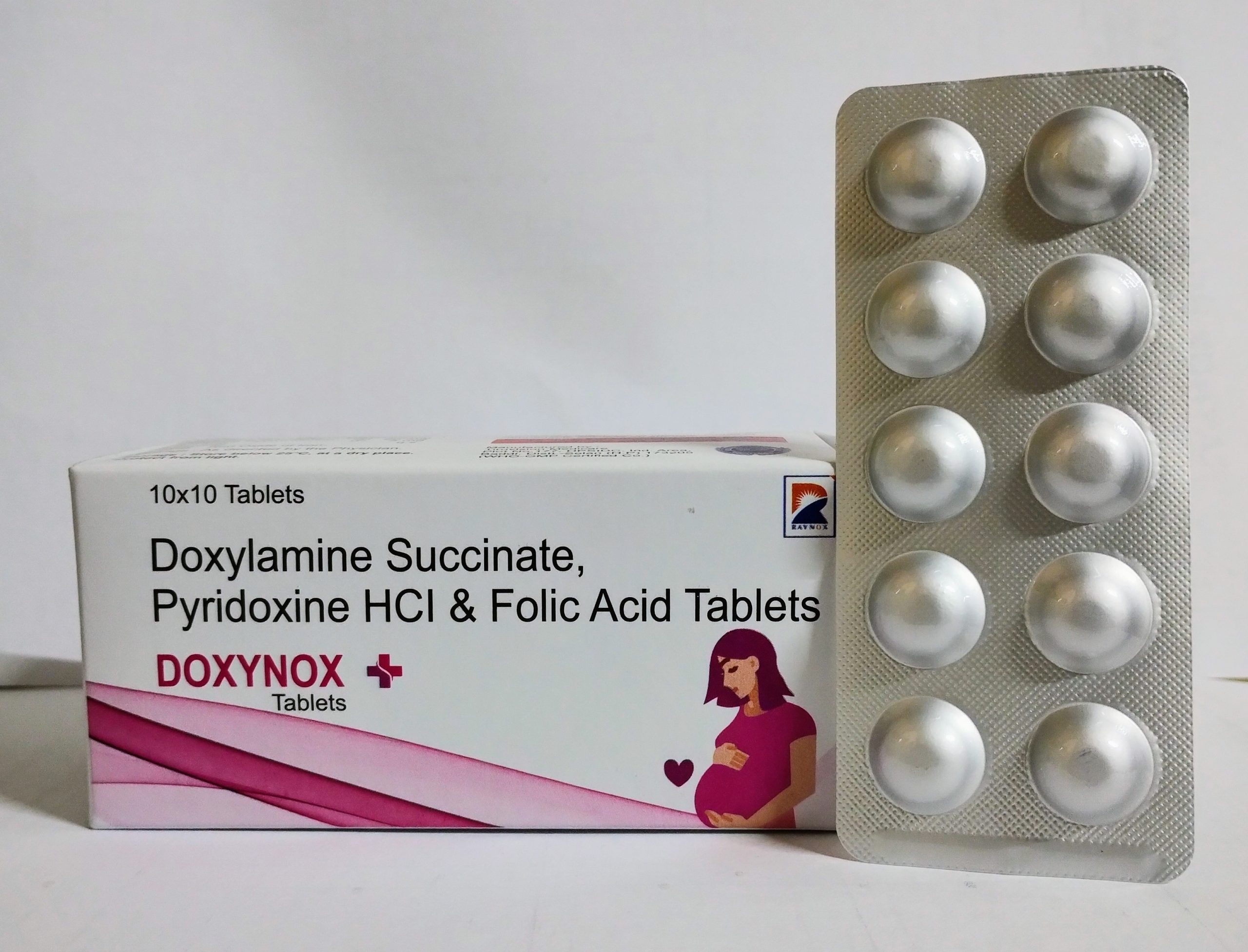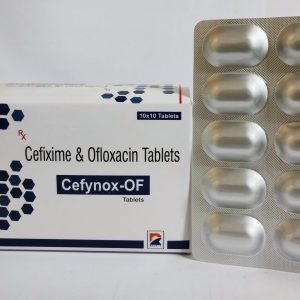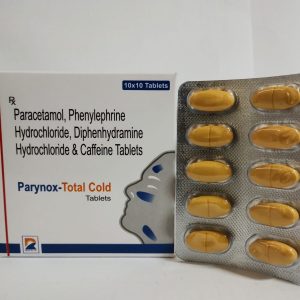DESCRIPTION
Pyridoxine is the 4-methanol form of vitamin B6 and is converted to pyridoxal 5-phosphate in the body. Pyridoxal 5-phosphate is a coenzyme for synthesis of amino acids, neurotransmitters (serotonin, norepinephrine), sphingolipids, aminolevulinic acid. Although pyridoxine and vitamin B6 are still frequently used as synonyms, especially by medical researchers, this practice is erroneous and sometimes misleading. [PubChem]
A member of the vitamin B family that stimulates the hematopoietic system. It is present in the liver and kidney and is found in mushrooms, spinach, yeast, green leaves, and grasses (poaceae). Folic acid is used in the treatment and prevention of folate deficiencies and megaloblastic anemia. [PubChem]
SIDE EFFECTS
N/A
Oral Rat LD50 = 4 gm/kg. Toxic effects include convulsions, dyspnea, hypermotility, diarrhea, ataxia and muscle weakness.
IPR-MUS LD50 85 mg/kg,IVN-GPG LD50 120 mg/kg, IVN-MUS LD50 239 mg/kg, IVN-RAT LD50 500 mg/kg, IVN-RBT LD50 410 mg/kg
INDICATION
N/A
For the treatment of vitamin B6 deficiency and for the prophylaxis of isoniazid-induced peripheral neuropathy.
For treatment of folic acid deficiency, megaloblastic anemia and in anemias of nutritional supplements, pregnancy, infancy, or childhood.




